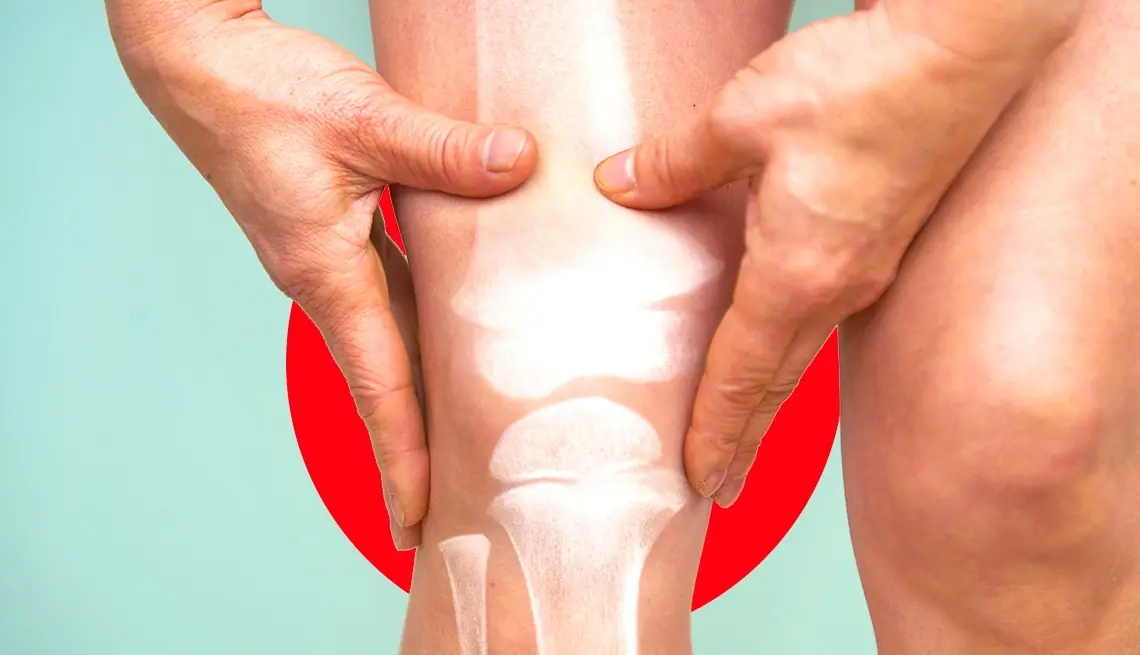
How Mold Affects Both Your Health and Home
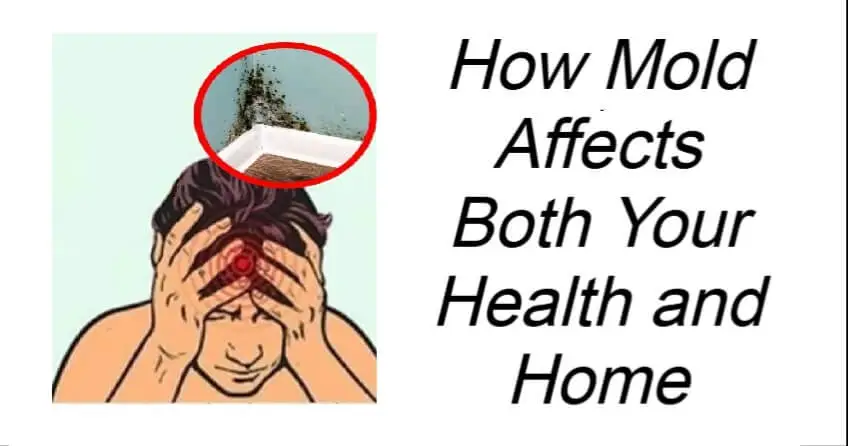
Mold isn’t just an unsightly nuisance—it’s a hidden and often underestimated intruder that can slowly compromise the safety of your home and your personal health. Frequently found in dark, damp, and poorly ventilated areas, mold thrives silently until its presence becomes impossible to ignore—whether through visible signs in your surroundings or unexplained symptoms in your body.
Understanding how mold works and recognizing the early warning signs are essential steps to safeguarding both your living environment and your well-being.
Mold in the Home: Key Warning Signs to Watch For
1. Dark Stains or Discoloration
Unusual spots, patches, or streaks on walls, ceilings, or corners—especially in areas prone to moisture like bathrooms, basements, and around windows—may indicate underlying mold growth. These discolorations often suggest that moisture has infiltrated behind the surface, creating a breeding ground for spores.
2. Persistent Musty or Earthy Odors
A musty smell is often the first indicator of hidden mold. Even when no visible signs are present, mold can emit a distinct earthy odor that lingers in confined areas such as closets, attics, crawl spaces, and behind furniture. Don’t dismiss these smells—they are your nose’s way of alerting you.
3. Peeling, Bubbling, or Cracked Paint
Paint that bubbles, cracks, or flakes may be reacting to moisture buildup beneath the surface. This environment not only weakens wall integrity but also signals conditions that support hidden mold colonies.
4. Visible Mold Growth
Mold can appear as fuzzy or slimy spots in colors like black, green, white, or even orange. Common locations include bathroom corners, shower tiles, under sinks, windowsills, and inside HVAC vents. If you can see mold, there's likely more hidden behind the surface.
5. Excessive Indoor Humidity
Indoor humidity levels above 60% create a welcoming environment for mold. Signs of high humidity include condensation on windows, a sticky or clammy feel in the air, and difficulty in keeping certain rooms dry.
6. Damp Fabrics, Upholstery, and Furniture
Textiles and wooden items that remain damp are at high risk for mold colonization. Pay attention to carpets, upholstered chairs, curtains, and wooden shelves—especially in rooms without adequate airflow.
7. Water Damage or Leaks
Past or present leaks—whether from the roof, plumbing, windows, or appliances—can leave behind moisture that persists long after the visible water is gone. Warped wood, stained ceilings, and soft drywall are all signs of potential mold trouble.
8. Mold Inside HVAC Systems
Heating and cooling systems that harbor mold can quickly distribute spores throughout your home. A moldy smell when the system runs, or visible buildup near vents, should be addressed immediately.
Mold and Your Health: Symptoms You Shouldn’t Ignore
Beyond its structural impact, mold can trigger a wide range of health issues—especially for those who are sensitive, allergic, or immunocompromised. The longer you’re exposed, the more severe the symptoms can become.
9. Persistent Respiratory Problems
Chronic coughing, wheezing, sneezing, or shortness of breath—particularly when indoors—can point to mold spores irritating your airways. People with asthma or allergies may experience worsened symptoms.
10. Nasal and Sinus Congestion
If your nose feels perpetually stuffed, your sinuses ache, or you suffer frequent sinus infections that don't respond well to medication, mold could be a contributing factor.
11. Unexplained Headaches and Fatigue
Constant tiredness, brain fog, or regular headaches that worsen when you're at home may be signs of mold-related toxicity affecting your central nervous system.
12. Skin Irritation or Allergic Reactions
Red, itchy skin, eczema flare-ups, or rashes with no known cause may result from contact with mold spores or mycotoxins, either airborne or on surfaces.
13. Eye, Nose, and Throat Irritation
If your eyes water or burn, your throat feels scratchy, or your nose runs only when you’re inside, mold could be the invisible irritant behind these recurring issues.
14. Moldy Odor on Clothing or Belongings
When personal items like clothes, books, bedding, or even electronics start smelling musty or stale, it’s a sign that mold spores are present in the air and settling onto surfaces.
15. Worsening Health Indoors
Perhaps the most telling sign: you feel worse at home but better elsewhere. If symptoms improve when you’re away, it’s time to inspect your living environment closely.
What You Can Do: Protecting Your Home and Your Health
Early detection and action are critical. Here's how to reduce your risk and begin remediation:
-
Hire a Certified Mold Inspector to evaluate the extent of the problem, especially if mold is suspected but not visible.
-
Use Dehumidifiers to maintain indoor humidity levels below 60%.
-
Improve Airflow by using exhaust fans, opening windows, and ensuring furniture doesn’t block vents or air circulation.
-
Clean Mold Safely, using proper protective gear and mold-specific cleaners for small areas. For larger infestations, leave it to the professionals.
-
Fix Leaks Immediately, whether from plumbing, roofs, or appliances.
-
Replace or Deep Clean Mold-Infested Materials, including carpets, drywall, or insulation, when necessary.
-
Consult a Healthcare Provider if you experience ongoing symptoms—especially respiratory or skin-related issues.
A Healthy Home Starts with Awareness
Your home should be a sanctuary—not a hidden source of illness. Mold may operate out of sight, but its consequences are very real. By learning to spot the signs early and taking consistent preventive measures, you can ensure your home stays clean, safe, and truly healthy for everyone inside.
News in the same category


14 Powerful Benefits of Walking That Completely Change Your Body and Mind
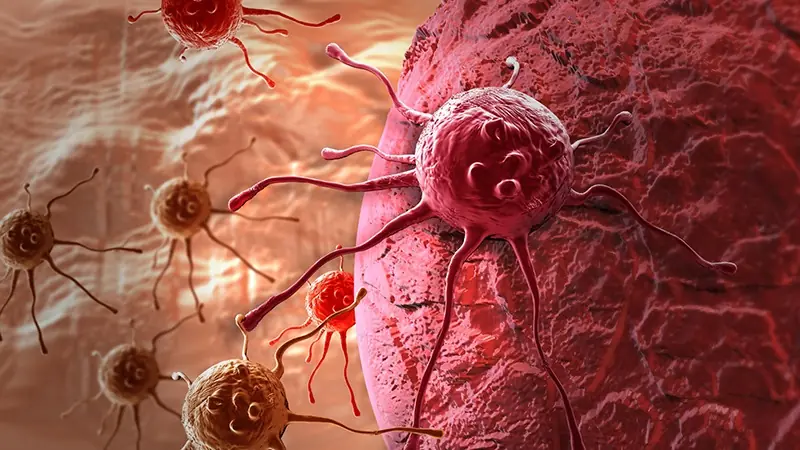
These 5 Foods Are Fueling Cancer in Your Body. Number 1 Will Surprise You
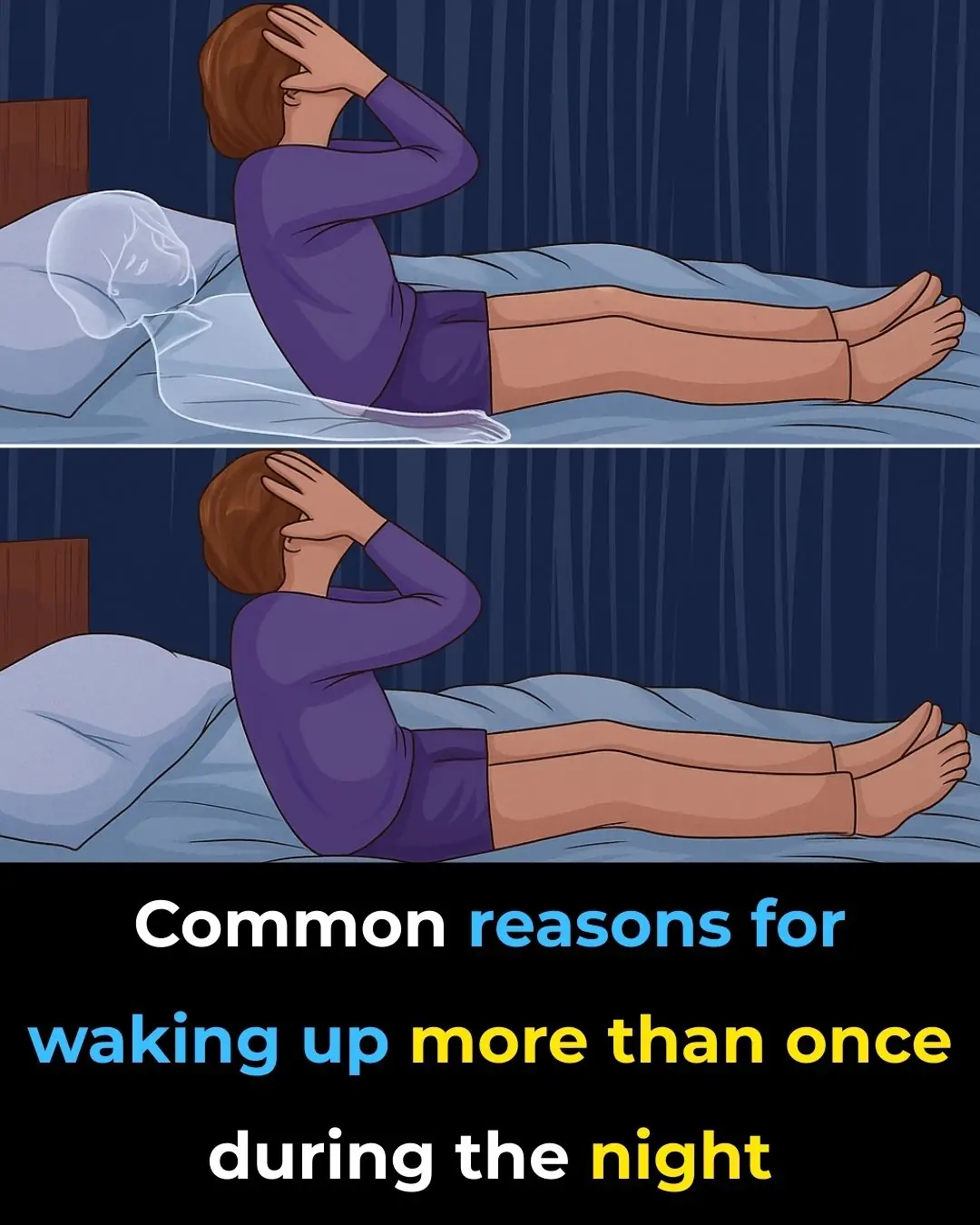
8 Common Reasons For Waking Up at Night
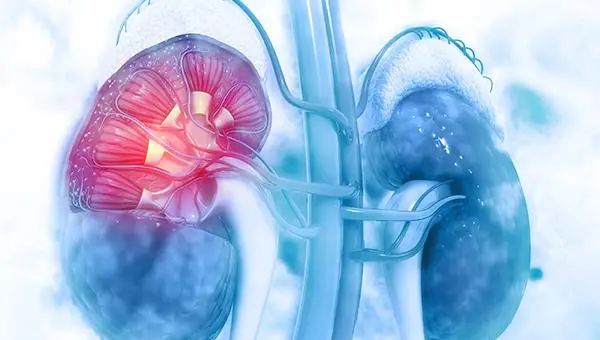
Early Signs of Kidney Disease and How to Protect Your Kidneys (Evidence-Based)
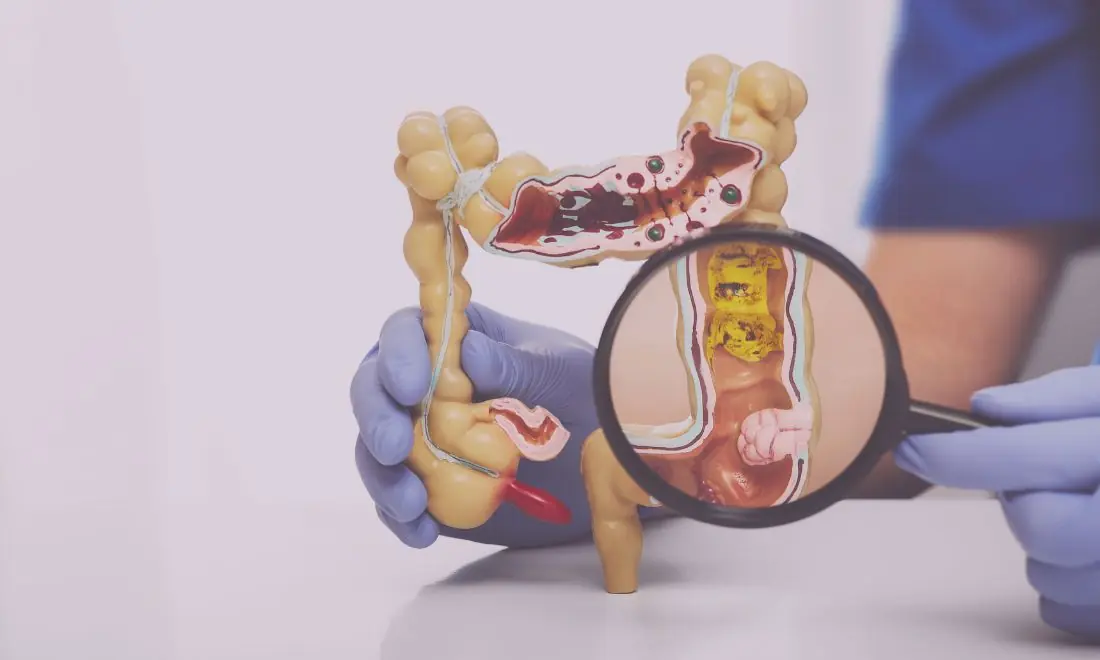
Colon Cleansing with Kefir and Flaxseed: A Natural Approach

Here’s What Really Happens To Your Body If You Drink Diet Soda
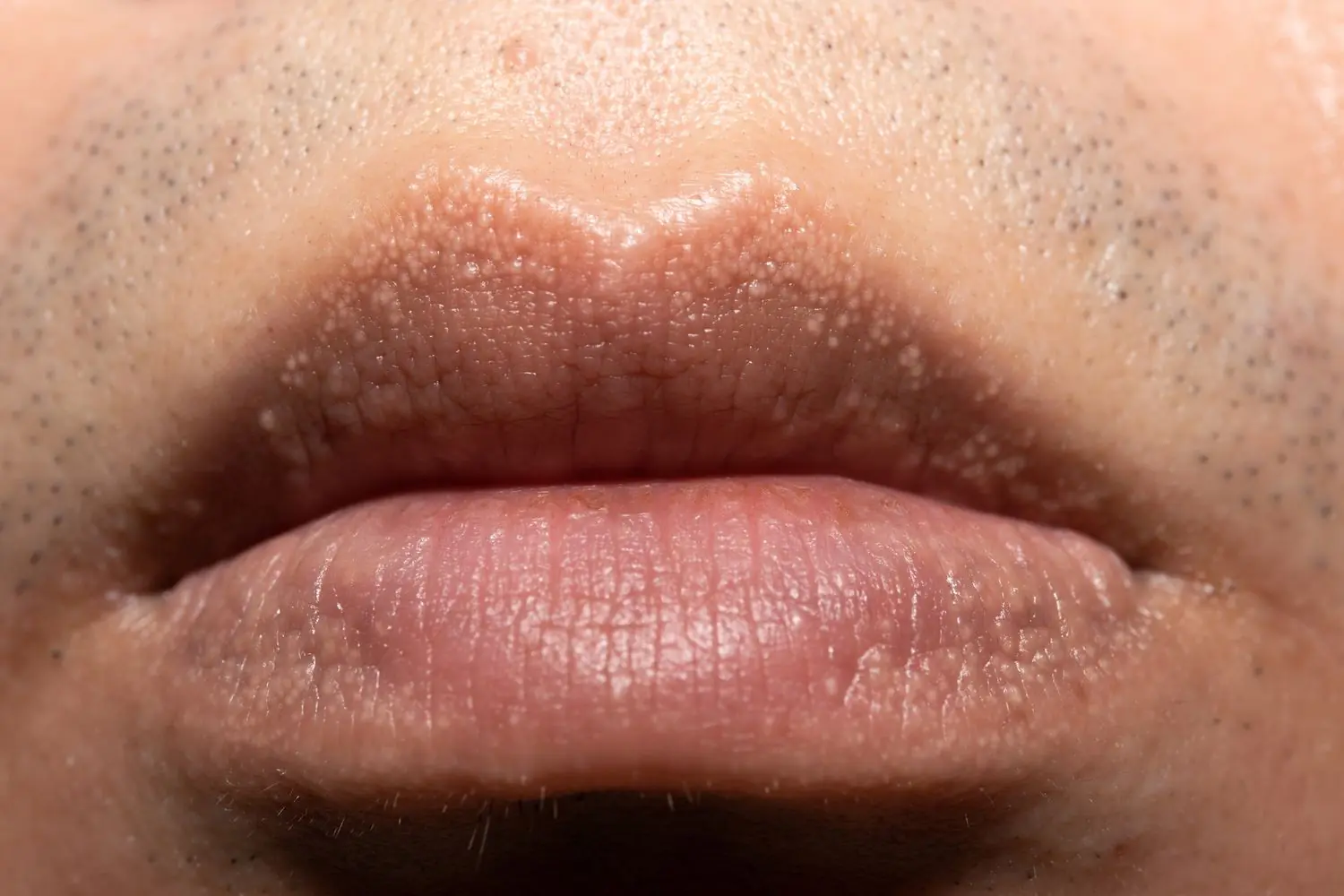
White Bumps on Lips: Causes and Effective Treatments

Eating More Cruciferous Vegetables May Cut Colon Cancer Risk

Experimental Med Tied to Slowed Alzheimer’s Biomarker Progression

The Healing Power of Raw Onion

Chicken Gizzards: 3 Surprising Benefits You Might Be Missing

Jell-O is More Than a Dessert – It’s Good for Your Health Too

Cloves: 10 Health Benefits of Eating 2 Daily

6 Health Benefits of Eating One Cup of Pineapple Every Day

Japanese scientists delete chromosome that causes down syndrome

10 W@rning Signs It’s Time to Cut Back on Caffeine
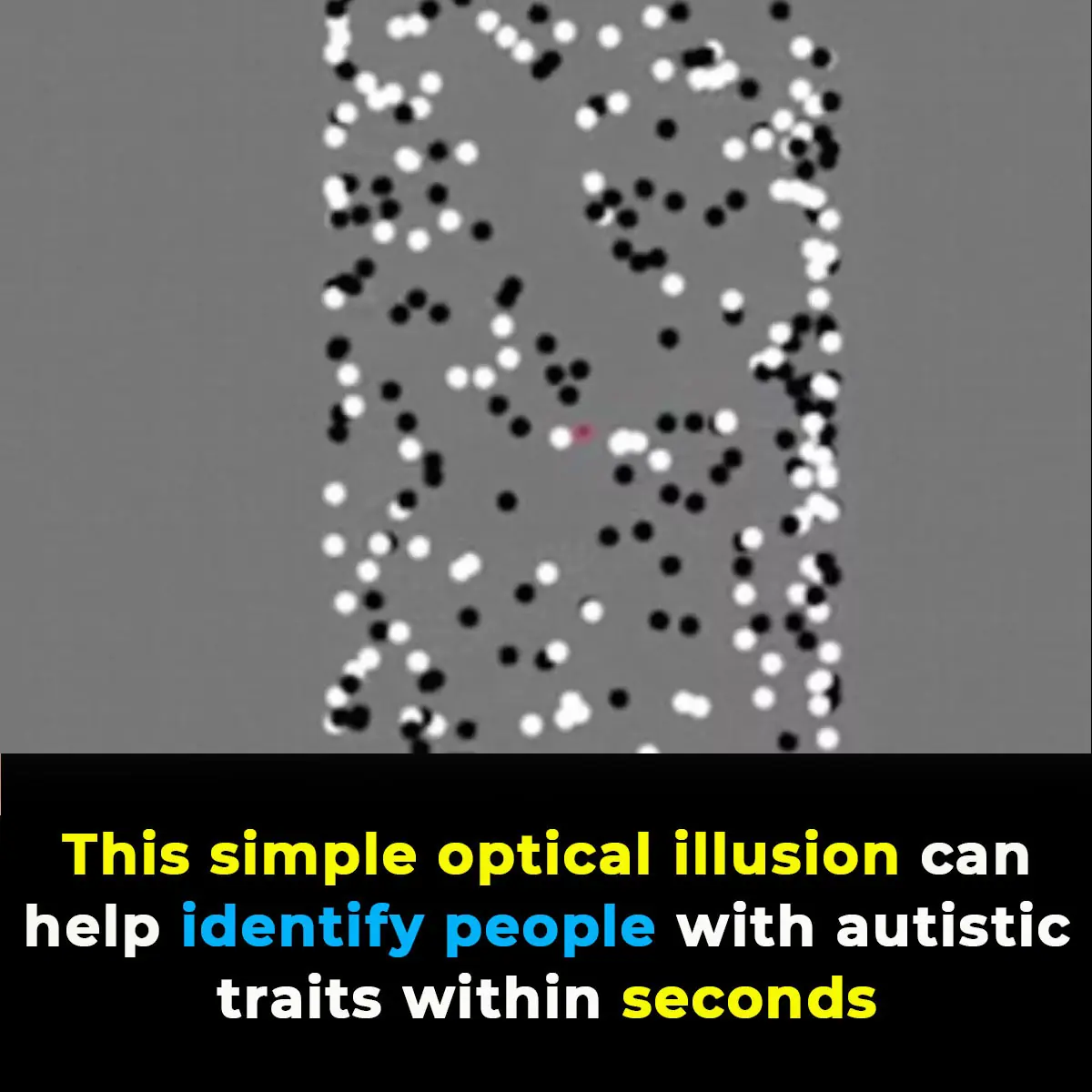
This optical illusion may help identify autistic traits in seconds

Health Benefits of Baby Bella Mushrooms
News Post

Rob Gronkowski forgot he invested $69,000 in Apple and ten years later the value has completely changed his net-worth

Scientists discover that powerful side effect of Ozempic could actually reverse aging

5 Common Habits That Are Slowly Destroying Your Knees Right Now

14 Powerful Benefits of Walking That Completely Change Your Body and Mind

These 5 Foods Are Fueling Cancer in Your Body. Number 1 Will Surprise You

8 Common Reasons For Waking Up at Night
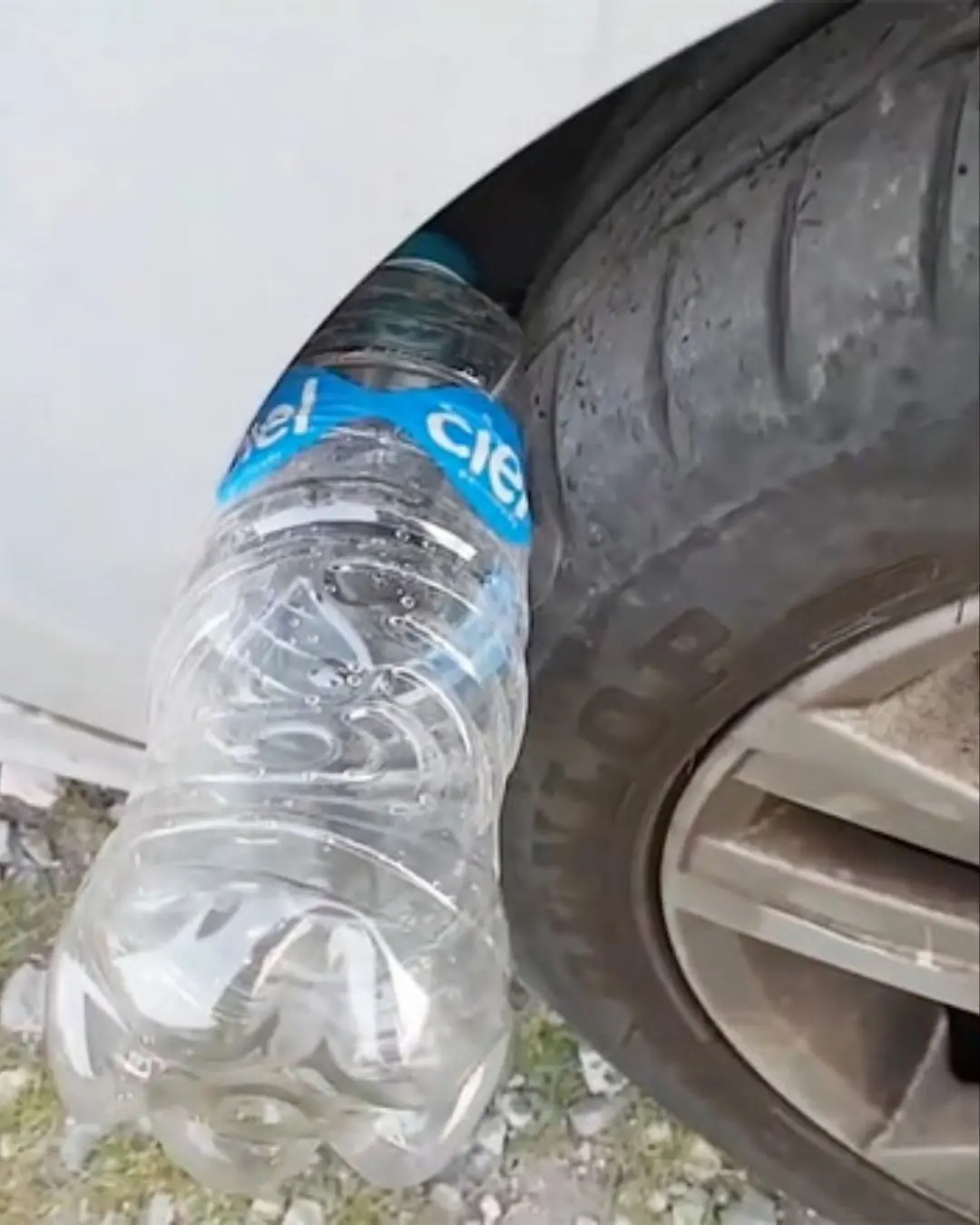
Beware of the Plastic Bottle Scam: A New Car Theft Tactic

Scientists warn ancient Easter Island statues could vanish in a matter of years

NASA astronaut describes exactly what space smells like and it's not what you'd expect

Don’t Clean the Fridge with Plain Water—Mix This In and It’ll Be Spotless and Odor-Free

Put a Handful of Pepper Under the Bed and Something Unexpected Happens—Something Bed Sellers Never Tell You

Rice Left in the Rice Cooker Overnight—Can You Still Eat It? The Answer May Surprise You
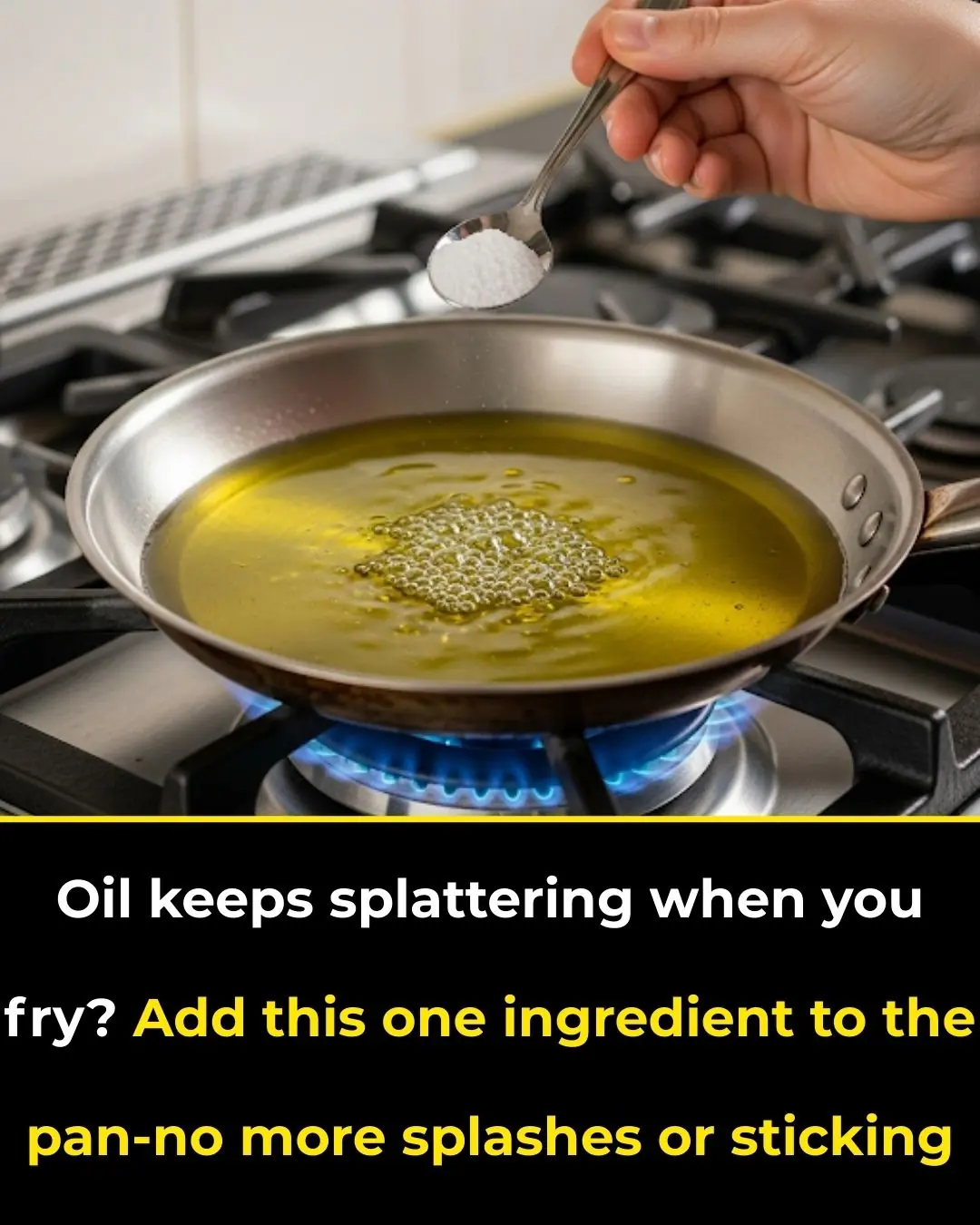
Oil Keeps Splattering When You Fry? Add This One Ingredient to the Pan—No More Splashes or Sticking
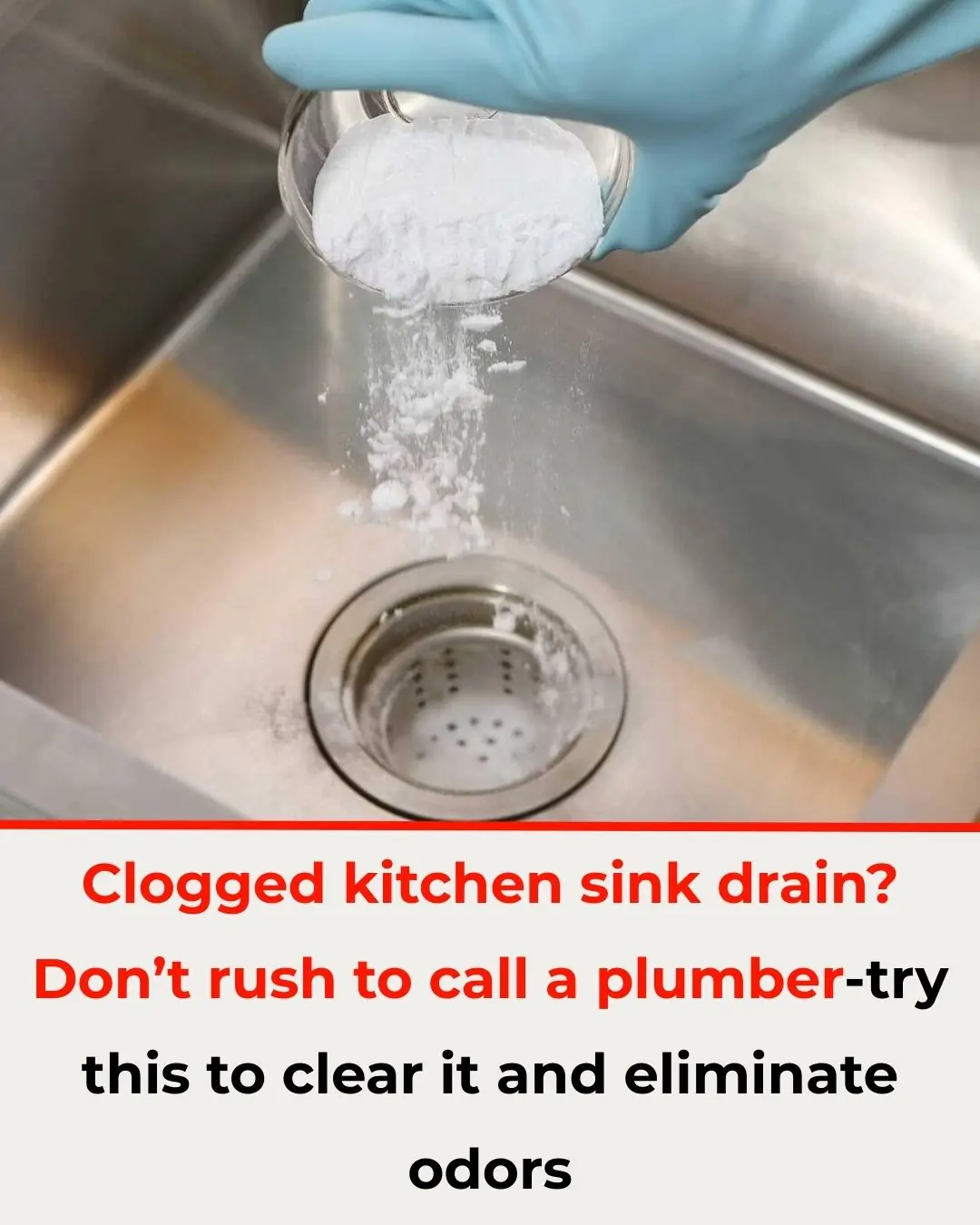
Clogged Kitchen Sink Drain? Don’t Rush to Call a Plumber—Try This to Clear It and Eliminate Odors
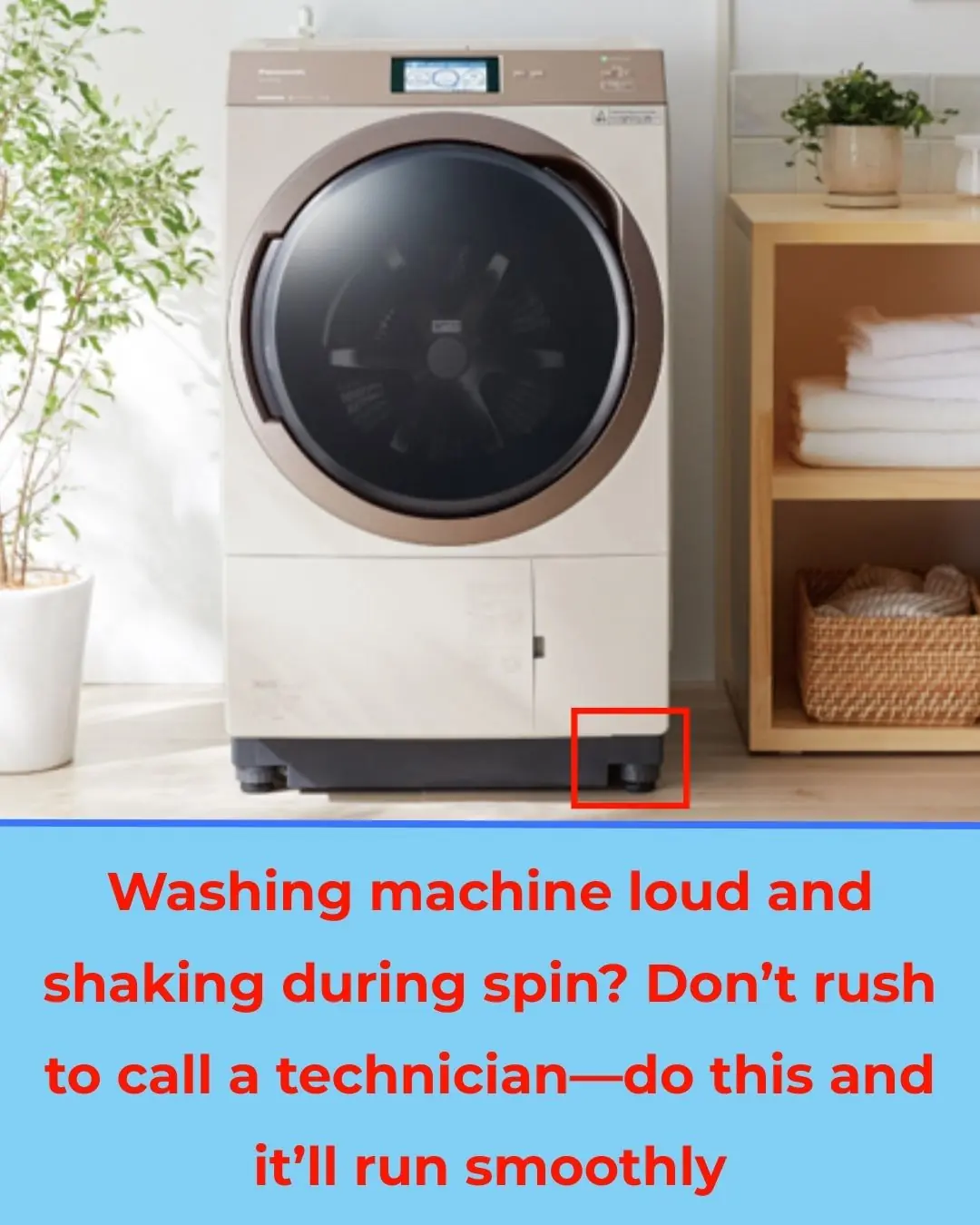
Washing Machine Loud and Shaking During Spin? Don’t Rush to Call a Technician—Do This and It’ll Run Smoothly

Should You Seal the Room When Running the Air Conditioner? Five Errors That Can Double or Triple Your Power Usage
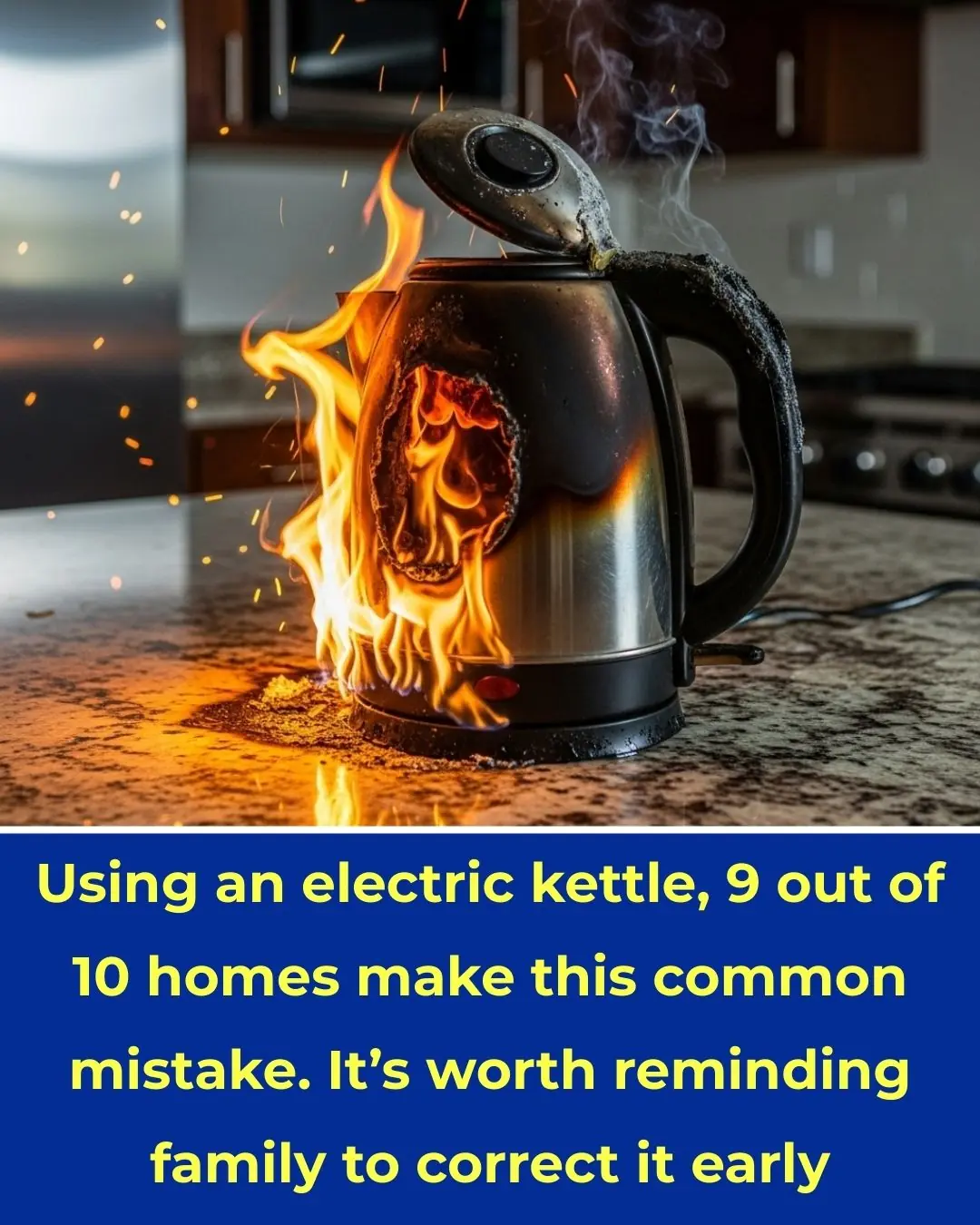
Using an Electric Kettle: 9 Out of 10 Homes Make This Common Mistake – It’s Worth Reminding Family to Correct It Early

Early Signs of Kidney Disease and How to Protect Your Kidneys (Evidence-Based)

Colon Cleansing with Kefir and Flaxseed: A Natural Approach
